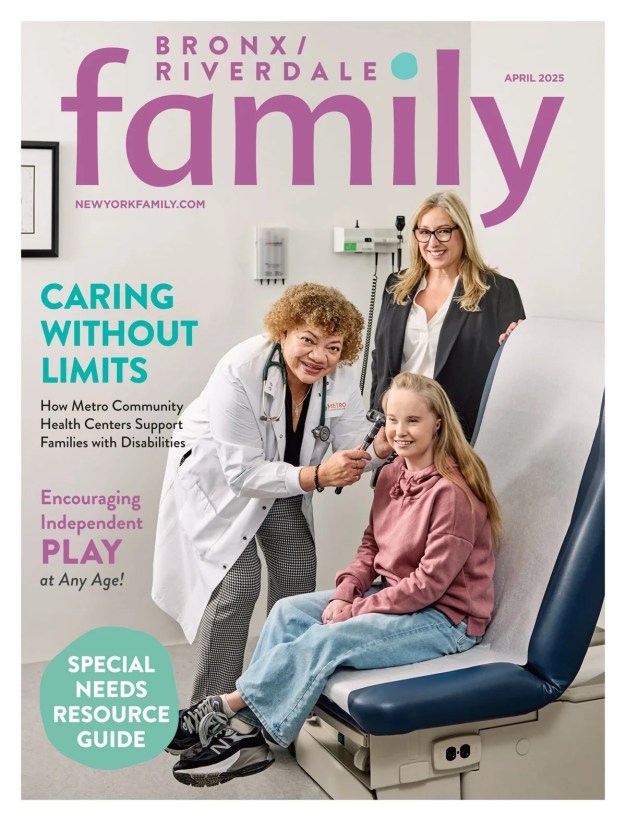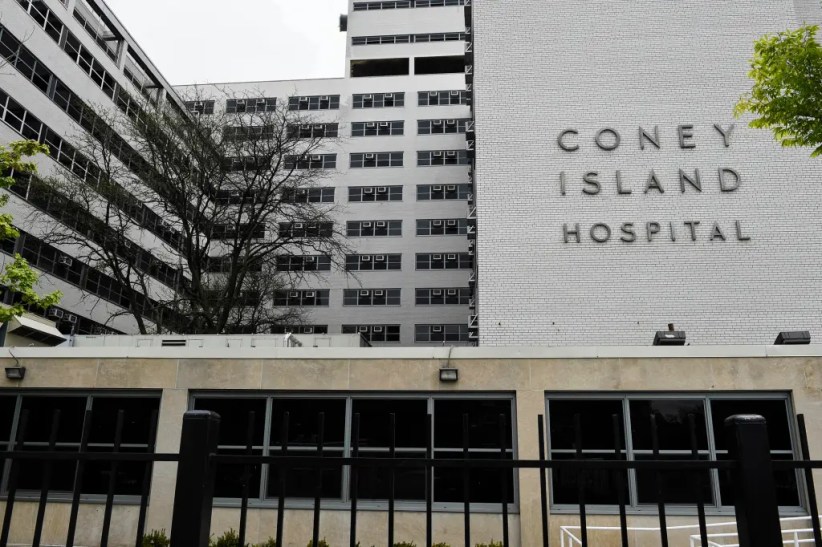Chest pain in kids is one of the most common reasons an otherwise healthy child comes to a pediatric cardiology office for evaluation. Although a generally concerning complaint in adults, the good news is that the underlying cause of most chest pain in children is benign.
Causes of Chest Pain in Kids
Common causes of chest pain in otherwise healthy children include:
- processes related to muscles, bones, and soft tissues around the chest (muscle strain, soft tissue contusions, etc.)
- lung problems (asthma, pneumonia)
- abdominal problems (gastroesophageal reflux, foreign body in the esophagus, irritation of the stomach from medications)
- psychiatric reasons (anxiety)
Less common causes of chest pain that are related to the heart include;
- congenital heart disease (structural abnormalities)
- acquired heart conditions (myocarditis or other inflammatory conditions).
- Rarely, in a young child, palpitations due to a heart rhythm problem (arrhythmia) can manifest as chest pain. If the history is concerning for an arrhythmia, we can have the child wear a device that monitors the heart rate and rhythm over a longer period.
Again, details in the initial history-taking are crucial in helping us figure out what may be going on.
RELATED: 5 Common Causes of Kids' Coughs
When should I worry about my child’s chest pain?
While most causes of chest pain are benign, some concerning signs should prompt a medical evaluation, including:
- severe chest pain
- chest pain associated with exertion
- dizziness, fainting, or palpitations
- chest pain occurring with general symptoms (fever, weight loss, other recent illnesses)
Visiting the Doctor for Chest Pain in Kids
For a child with chest pain, a typical office visit starts with a thorough history and a physical examination. Our first goal is to ascertain what the child means when they use the term “chest pain.” Every child is different, so we expect them to express symptoms differently, based on their age and developmental level. We will therefore ask for stories and specific scenarios in which you thought your child was having chest pain. If age-appropriate (and if the child has adequate expressive capacity), we also ask the child to describe their symptoms in their own words.
In addition to asking for your child’s specific chest pain story, we will ask about the presence of additional symptoms associated with the chest pain, including:
- complaints of the heart beating funny or skipping a beat (palpitations)
- fainting (syncope)
- near-fainting or dizziness (pre-syncope)
- breathing difficulties
- changes to their stamina (exercise intolerance)
Recent medical history, such as fever or viral illness, general symptoms such as weight loss, nausea, and vomiting, may also provide important clinical clues. Finally, family history of any cardiac issues or early death of a family member will be evaluated. A complete history helps us understand the overall clinical picture better, and it may provide additional clinical clues to whether the underlying cause of chest pain may or may not be related to an issue with the heart.
After a thorough history, we perform a complete physical examination, including careful review of the vital signs with close attention to the heart rate and blood pressure, listening to the heart and breath sounds, and feeling pulses in the hands and feet. Diagnostic evaluation includes performing an electrocardiogram to look at the heart’s electrical activity and rhythm. Depending on the result of the history and examination, further diagnostic evaluation may be performed using a transthoracic echocardiogram, which is an ultrasound-based test to take pictures of the heart. The echocardiogram helps assess the heart anatomy (cardiac structures) and its function. This helps to confirm the presence or absence of congenital or acquired cardiac issues that may be causing the child to have chest pain.
Above all, always trust your instincts and listen to your child. We recommend seeking medical evaluation by a pediatric cardiologist if at any point you or your medical team are concerned.
Written by Hanano Watanabe, M.D., M.S., pediatric cardiologist at Children’s Hospital of Brooklyn at Maimonides Medical Center





















